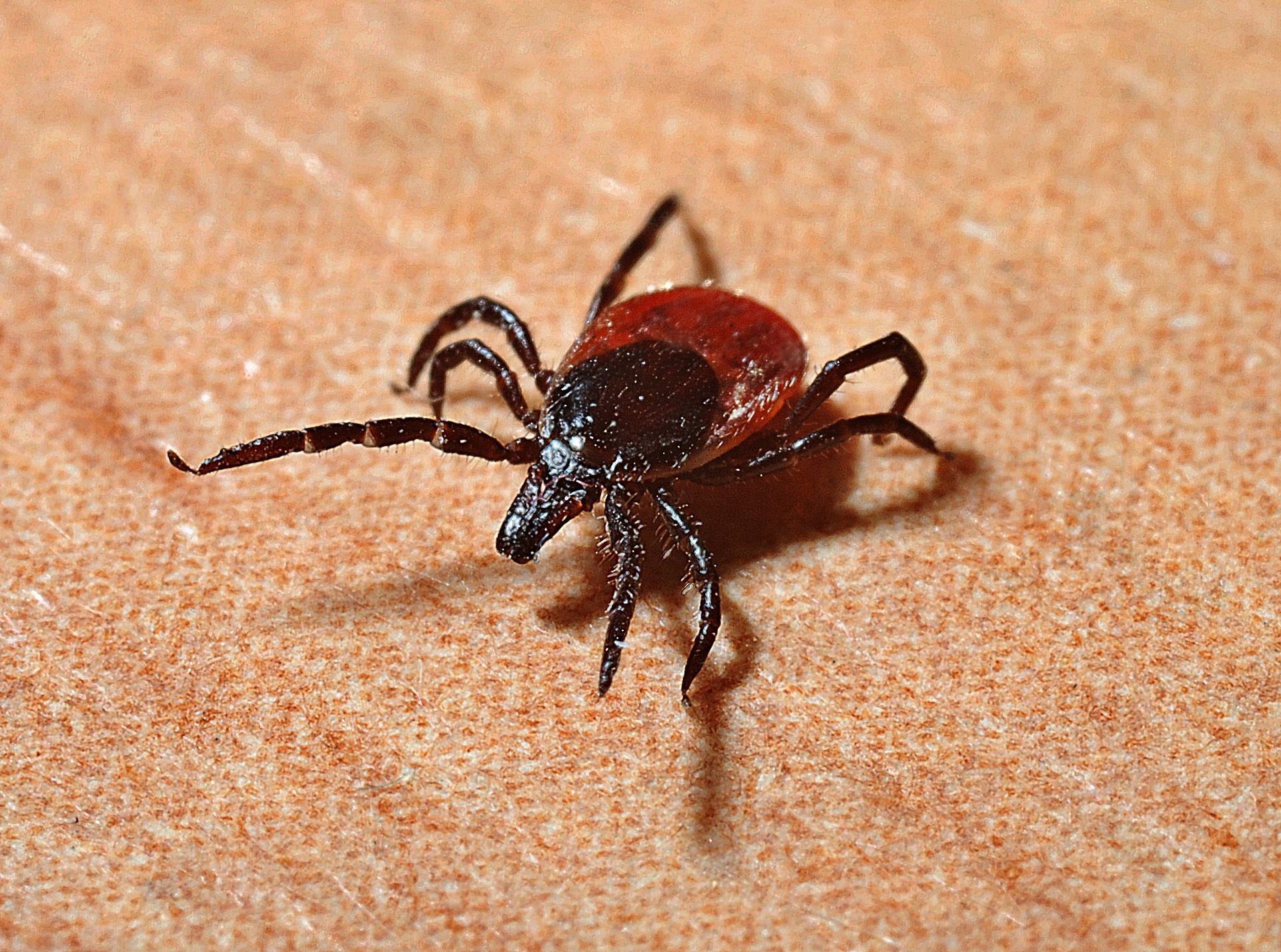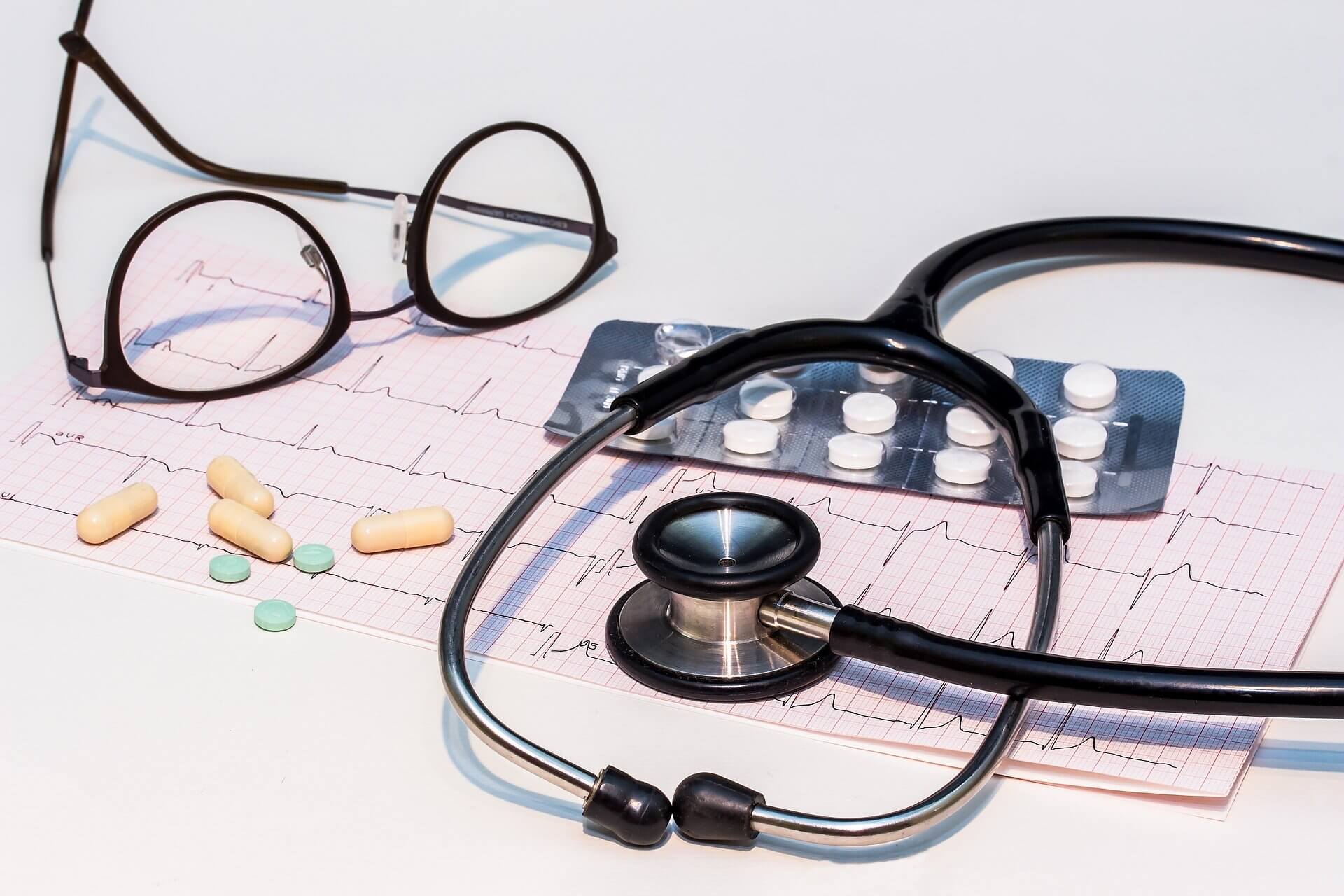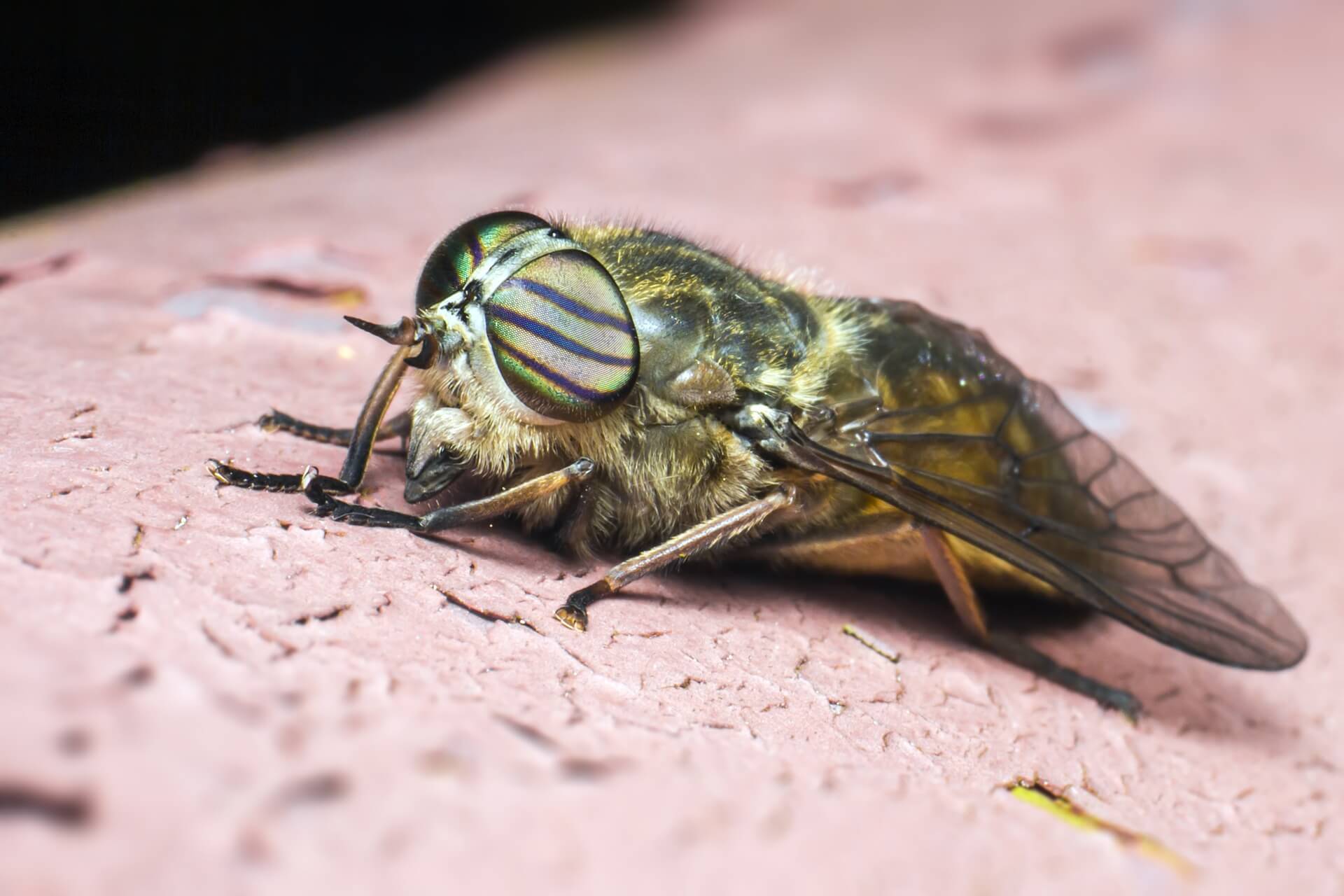Chagas Disease – How dangerous to your Health? 4 things you can do
 What is Chagas Disease?
What is Chagas Disease?
Overview
The parasite Trypanosoma cruzi is responsible for Chagas disease, also called American trypanosomiasis. Infection is transmitted most commonly by biting insects known as “kissing bugs.” As most people show no symptoms for many years, most are unaware they have Chagas.
Anyone can be infected with Chagas disease. If left untreated, Chagas disease can eventually cause serious heart and digestive problems. Chagas disease is treated by killing the parasite during the acute phase of infection. People with chronic Chagas disease can no longer be cured of the parasite. During this phase, the treatment is aimed at managing the signs and symptoms. Furthermore, you can prevent infection by taking the right steps.
Where does Chagas disease come from?
-
Insect biting
Kissing bugs, or triatomine bugs, transmit Trypanosoma cruzi parasites by defecating or urinating nearby. When people scratch their bites, they allow the parasite to enter the skin and be transmitted.
- Mother-to-child transmission:
Passage of infection from mother to child during pregnancy or delivery.
-
Blood transfusions and organ transplants:
In the last decade, this type of transmission has decreased due to improved control in blood banks and hospitals.
-
Food contamination:
Consuming food contaminated by kissing bugs or kissing bug feces
Signs and symptoms:
There are two types of Chagas disease: acute (a sudden, brief illness) and chronic (a long-term illness). There are mild to severe symptoms, but many people don’t experience symptoms until the chronic stage.
Acute phase
Usually, Chagas disease is asymptomatic during its acute phase, which can last from several weeks to months. If any symptoms arise, they are usually mild and can include:
-
Swelling around an insect bite or on the eyelid
-
Tiredness and fever
-
Itchy skin and body aches
-
Loss of appetite
-
Vomiting, diarrhea, and nausea
-
Gland swelling
-
Spleen or liver enlargement
Without treatment, Chagas disease can advance into its chronic phase.
Chronic phase
Signs and symptoms of the chronic phase of the disease may appear 10 to 20 years after initial infection or may never appear. These symptoms may be present in severe cases of Chagas disease:
-
Abnormal heartbeat
-
Heart failure
-
A heart attack that occurs suddenly
-
An enlarged esophagus causes difficulty swallowing
-
Constipation or stomach pain due to an enlarged colon
When should you consult a physician?

If you have symptoms of Chagas disease and live in an area where the disease is widespread or if you have traveled to an area where it is prevalent, see your doctor. These include body aches, fatigue, fever, rash, and swelling at the injection site.
What is the diagnosis of Chagas disease?

Through a microscope, parasites in the blood can be detected in cases of suspected acute Chagas. Parasites are difficult to detect in the chronic phase of infection when the vast majority of people are tested. Instead of testing blood, medical professionals will look for antibodies, which are produced by the body to combat disease. There is no single test that is accurate enough to function alone, so two or three should be used. Mostly, in most settings, a lack of simple, straightforward tests is the major barrier to people starting treatment. Despite treatment, it takes many years for current tests to return as “negative”. It is also essential to develop a better way to test for cures.
What causes it?
Chagas disease is caused by Trypanosoma cruzi, which is spread by an insect called a triatomine bug—or kissing bug—which can be infected by it if it swallows the blood of an animal that is infected.
In Mexico, South America, and Central America, triatomine bugs live primarily in mud, thatch, or adobe huts. They hide in crevices in walls and roofs during the day and emerge at night to feed on sleeping humans.
After feeding, infected bugs defecate, leaving parasites behind. Through the eyes, mouth, cuts, scratches, or wounds caused by a bug bite, parasites can enter your body. By scratching or rubbing the bite site, the parasites can enter your body. As soon as parasites enter your body, they multiply and spread.
Other potential sources of infection include:
-
The consumption of uncooked food that is contaminated with feces from bugs infected with the parasite
-
Being born to a parasite-infected parent
-
Transfusion of blood or organs from someone infected with the parasite
-
Working in a lab and accidentally being exposed to the parasite
-
Being in a forest that contains wild animals that have infected diseases, such as opossums and raccoons
Is my family member at risk from Chagas disease if I have it?
It may be. Tests must be performed if they:
-
They could have been infected the same way you were, for example, through vectorborne transmission;
-
If your children were born after you were infected
-
There are also other reasons to think they may have Chagas disease.
Risk factors
You are at greater risk of getting Chagas disease if you have the following factors:
- Rural residents of South America, Central America, and Mexico
- Living in a triatomine bug-infested residence
- If you receive a blood transfusion or organ transplant from someone who carries the infection,
It is uncommon for travelers to catch Chagas disease in the at-risk regions of South America, Central America, and Mexico since they tend to stay in well-constructed buildings, such as hotels. Usually, triatomine bugs are found in structures constructed from mud, adobe, or thatch.
What is the treatment for Chagas disease?
The following are two life-saving approaches to therapy:
- The treatment of parasites with antiparasitic drugs
- Symptomatic treatment is used to manage the symptoms of infection.
There have been two treatments for this illness for half a century now: benznidazole and nifurtimox. When given soon after infection, they are effective in fighting the disease and may also be effective in chronic asymptomatic stages.
What are the 4 things You Can Do to Prevent?
If you live in a high-risk area for Chagas illness, you can prevent infection by taking these steps:
-
Do not sleep in mud, thatch, or adobe houses Triatomine bugs are more likely to be found in these types of homes.
-
Over your bed, place nets soaked in insecticide If you sleep in thatch, mud, or adobe house.
-
Make use of insecticides If you want to get rid of insects in your home.
-
Wear insect repellent on exposed skin.




